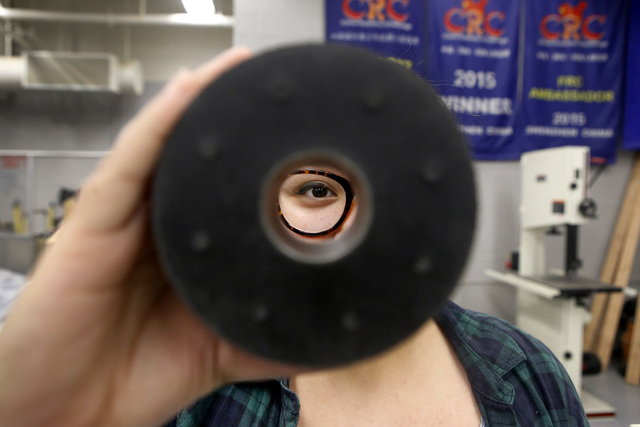With new vigor, schools strengthen technical training

Woodshop. Metalshop. Drafting. I planned to go to college, but vocational skills were a routine part of my high school education in the early 1960s, as they had been for decades for students nationwide.
But then, the education establishment decided that college-bound students, those judged suitable for higher education, should take rigorous academic courses but no vocational training.
Students not headed to college would take vocational training and basic education courses.
A lower-class stigma became attached to students whose skills and learning styles adapted best to learning by doing and who were mechanical, not artistic.
Educators and parents rebelled against what they saw as tracking of students by race and socioeconomic status. College, they argued, with its lofty promise of a pathway to success, should be open to everybody.
Unfortunately, the backlash against tracking did not push vocational training back into the academic core for America’s high schools. Preparing students for a four-year college degree became, and remained, high schools’ major focus for about 30 years.
“The educational pendulum swung too far; it often does that,” said Mike Barton, the Clark County School District’s chief academic officer. “I came to realize one size doesn’t fit all. … There was a real lull in career and technical education.”
Given, for instance, that a report called “The Skills Gap in U.S. Manufacturing 2015 and Beyond” projects that 2 million high-paying technical manufacturing jobs will go unfilled in the next decade because workers lack the skills necessary to keep automated factories humming, it’s clear the nation must do something fast.
Though college prep still is a large focus of high school curriculum — 68 percent of high school students attend college, though nearly 40 percent don’t complete their programs — it’s hardly the only focus now that the modern workplace favors people with technical skills.
Able to choose their own path, many students flock to technical programs with their parents’ blessing.
Goodbye, stupid stigma. Hello, smart money.
Since the new century began, the Clark County School District has opened six career and technical academies with dozens of areas of study, ranging from graphic design to mechanical technology. Although certifications can be earned, translating into jobs, many students go to college.
“We could easily fill 16 more of those schools,” Barton says.
Traditional high schools in the district also offer more technical courses. This year, more than 61,000 of the district’s 320,559 students are taking at least one such course.
Funding for technical education jumped from $5.6 million in fiscal 2015 to $12.4 million in fiscal 2017.
Last week, I visited Cimarron-Memorial High School to learn about its new hands-on manufacturing curriculum, which incorporates the school’s 17-year-old robotics program.
Trevor Ritz, a 2015 Cimarron-Memorial graduate, used what he learned in robotics to get a job as a machinist out of high school. He makes $20 an hour. Oscar Ho, who studied robotics at the school, plans to study computer science in college.
“What America needs,” Cimarron-Memorial science instructor Marc Rogers said, “is to give students as many options and ways of learning as possible. We need everybody engaged and doing what they do best.”
Paul Harasim’s column runs Sunday and Tuesday in the Nevada section and Monday in the Health section. Contact him at pharasim@reviewjournal.com or 702-387-5273. Follow @paulharasim on Twitter.